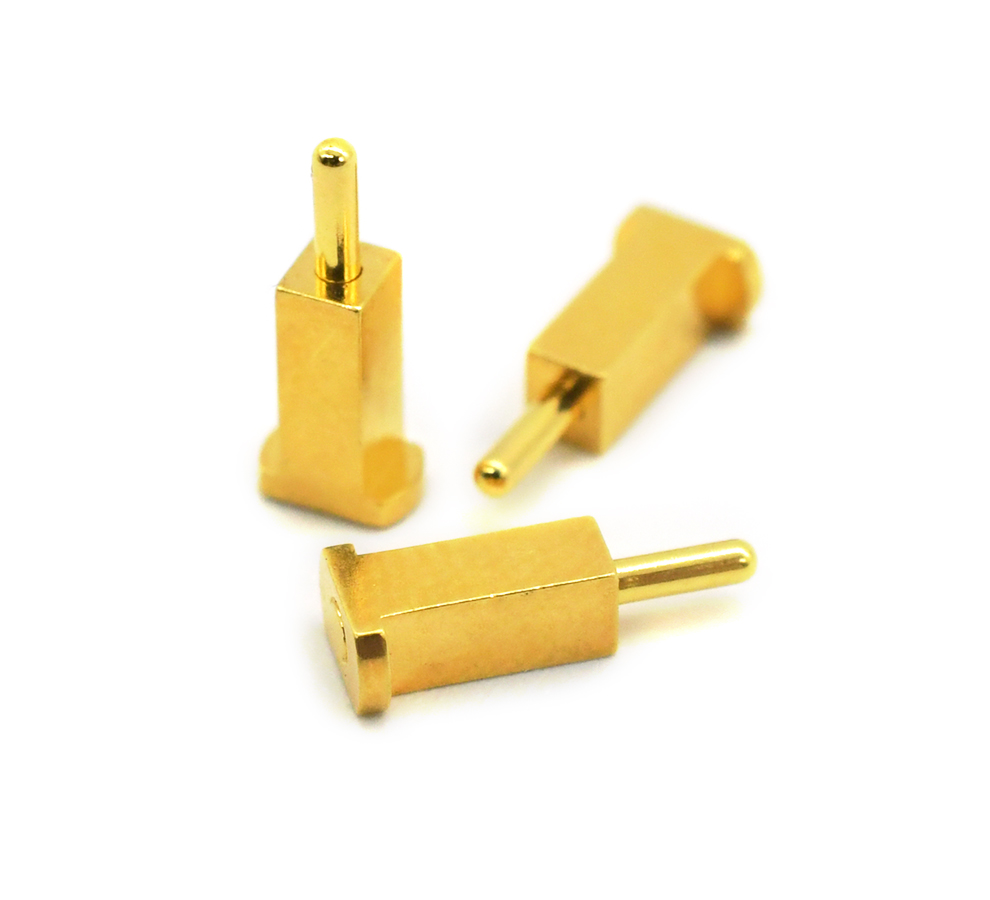Time:2025-04-16 Views:1 source:News

Pogo pins, also known as spring - loaded pins, have long been an integral part of various electronic devices. Their simple yet effective design, which involves a spring - loaded metal pin that provides a temporary electrical connection when pushed against a mating surface, has made them popular in applications where quick and reliable connections are needed. As technology continues to evolve at a rapid pace, the future of pogo pins looks extremely promising, with several key trends expected to shape their development.
One of the most significant trends driving the future of pogo pins is the miniaturization of electronic devices. As consumers demand smaller, lighter, and more powerful gadgets, manufacturers are constantly looking for ways to pack more functionality into less space. Pogo pins are well - positioned to meet this demand, as they can be designed to be extremely small and compact while still maintaining their high - performance electrical connection capabilities. For example, in the realm of wearable technology, where devices need to be unobtrusive and comfortable to wear, pogo pins can be used to create seamless connections between different components, such as the battery, sensor modules, and display units. Their small size allows for easy integration into the tight spaces within these devices, enabling manufacturers to create more sleek and ergonomic designs.
Another trend that will impact the future of pogo pins is the increasing demand for high - speed data transfer. With the advent of technologies like 5G and the Internet of Things (IoT), the need for connectors that can handle high - frequency and high - speed signals has become crucial. Pogo pins are being engineered to support these requirements. Advanced materials and manufacturing techniques are being employed to reduce signal attenuation and improve the overall electrical performance of pogo pins. This will make them suitable for applications such as high - speed data transfer between servers in data centers, where rapid and reliable communication is essential for efficient operation. In addition, in the automotive industry, as cars become more connected and autonomous, pogo pins will play a vital role in facilitating high - speed data transfer between various sensors, control units, and infotainment systems.
The development of new materials will also play a key role in the future of pogo pins. Manufacturers are exploring materials with better electrical conductivity, corrosion resistance, and mechanical durability. For instance, the use of advanced alloys and nanomaterials can enhance the performance and lifespan of pogo pins. These new materials can withstand harsh environmental conditions, such as high temperatures, humidity, and vibration, which are common in industrial, automotive, and aerospace applications. This will expand the range of applications where pogo pins can be used, opening up new markets for their adoption.
Furthermore, the trend towards modular and customizable electronics will drive the development of pogo pins. As products become more modular, with components that can be easily swapped or upgraded, pogo pins offer a convenient and reliable way to connect these modules. They allow for quick and tool - free assembly and disassembly, which is not only beneficial for manufacturers during the production process but also for end - users who may need to repair or upgrade their devices. In the future, we can expect to see pogo pins being designed with more flexibility in mind, allowing for easy integration into a wide variety of modular systems.
Read recommendations:
Mass production magnetic connector manufacturer